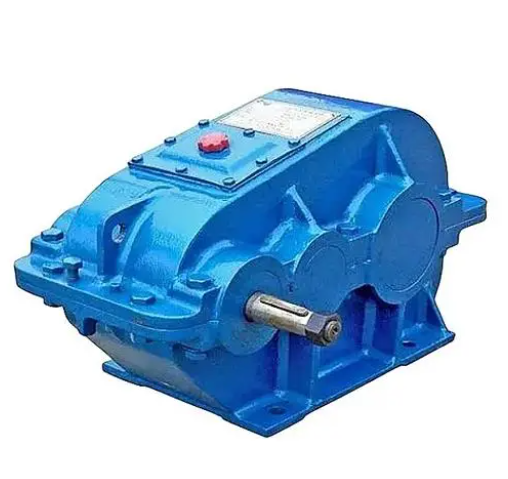ZQ400-31.5 gear transmission reducer ZQ350-48.57-1 involute reducer has a long service life

In the field of mechanical transmission, ZQ400-31.5 gear transmission reducer and ZQ350-48.57-1 involute reducer, as two high-performance transmission devices, play a crucial role in industrial production due to their excellent durability, precise transmission efficiency, and wide application range. This article will delve into the unique charm of these two reducers from the aspects of technical characteristics, design principles, strategies for extending their service life, and practical application cases.
###Technical characteristics and design principles
**ZQ400-31.5 gear transmission reducer is known for its strong load-bearing capacity and is suitable for power transmission under heavy load and low-speed conditions. The core lies in the use of high-strength alloy steel materials to manufacture gears, which undergo precise heat treatment and grinding processes to ensure high-precision meshing between gears, effectively reducing noise and vibration during transmission, and improving transmission efficiency. Meanwhile, the reducer is also equipped with an optimized bearing system and sealing device, further enhancing its durability and reliability.
And the ZQ350-48.57-1 involute reducer is famous for its unique involute tooth profile design. The involute tooth profile not only has good transmission smoothness, but also maintains a low noise level during high-speed operation. This reducer achieves high efficiency and low loss transmission effect by accurately calculating the tooth profile parameters. In addition, its internal structural design is compact, easy to install and maintain, meeting the high requirements of modern industry for equipment space utilization and maintenance convenience.
###Life extension strategy
For any mechanical equipment, extending its service life is the key to reducing costs and improving efficiency. The strategies for extending the lifespan of ZQ400-31.5 and ZQ350-48.57-1 reducers mainly include the following aspects:
1. * * High quality material selection * *: Using high-strength and wear-resistant materials to manufacture key components such as gears, bearings, etc. is the foundation for improving the overall life of the reducer.
2. * * Precision machining and assembly * *: By using advanced machining equipment and strict assembly processes, the precision of the fit between various components is ensured, reducing wear and failure caused by assembly errors.
3. Optimization of lubrication system: High performance lubricating oil is used, and reasonable lubrication paths and points are designed to ensure sufficient and uniform lubrication of gears and bearings, reducing friction and wear.
4. * * Regular Maintenance and Inspection * *: Establish a scientific maintenance system, regularly clean, lubricate, tighten, and inspect the reducer, promptly identify and address potential problems, and prevent the expansion of faults.
5. * * Environmental adaptability design * *: Taking corresponding protective measures for specific working environments (such as high temperature, humidity, corrosion, etc.), such as adding protective covers, selecting corrosion-resistant materials, etc., to improve the environmental adaptability of the reducer.


